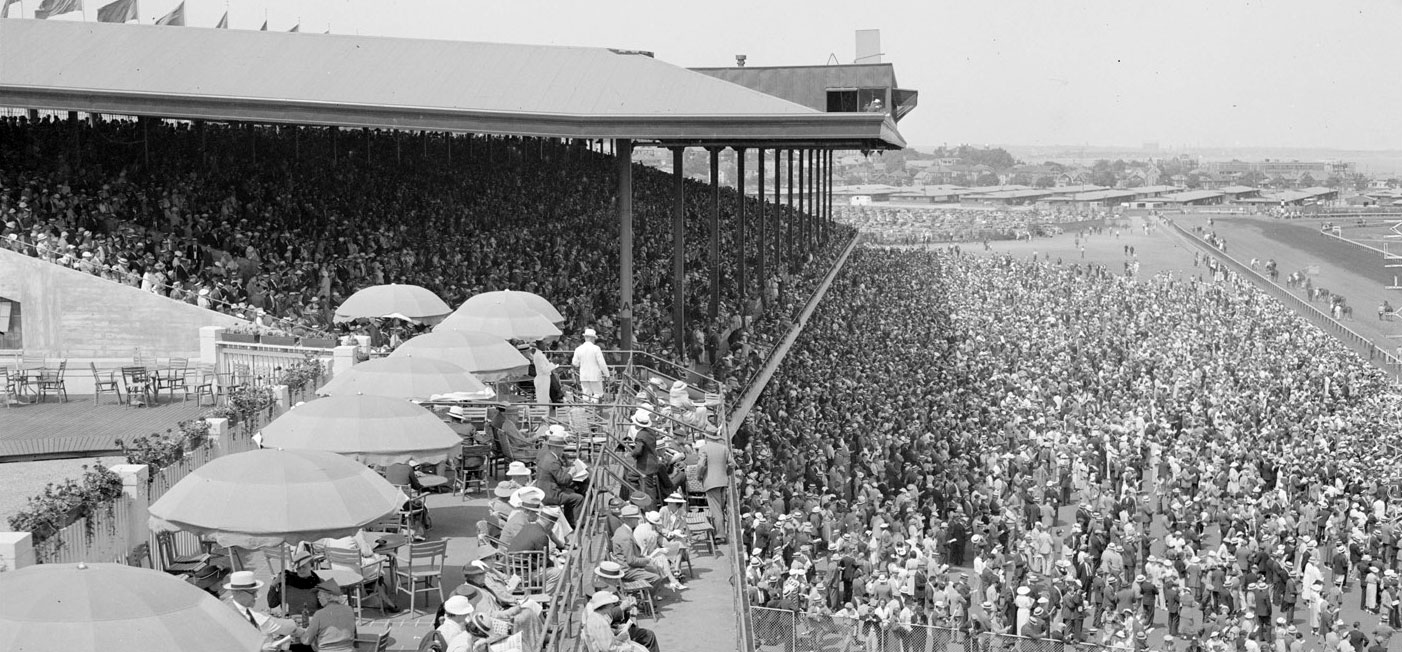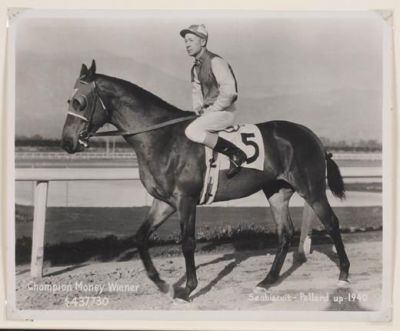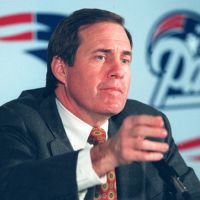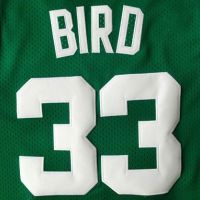Primary Source
SEABISCUIT FIRST BY NOSE AT EMPIRE
Beats Jesting, With Piccolo Next in Scarsdale Handicap
Privileged and Seabiscuit were the stake winners before 15,000 persons at Empire City yesterday as the split-second occurrences which take place in charging around the turn cost the life of the favorite.
. . .
Seabiscuit is the former Wheatley Stable color-bearer, which ran coupled in the betting with Exhibit. And the two brought off fine teamwork together. The pair was held at 12 to 1, after receding from an opening at eights, as few had given the entry much of a chance.
Yet the winner finished in 1:44 for the mile and seventy yards after being shipped in from the River Downs course at Cincinnati for the race. Red Pollard was the winning rider.
The break came after Sgt. Byrne had been placed on the outside for bad behavior. He broke well, as did the other but Wha Hae had the most early food and set the pace around the first turn, closely accompanied by Exhibit, Snow Fox and Sgt. Byrne.
Exhibit forced the pace for his stablemate as far as he was able. This was all through the back stretch to the far turn, where Wright made his move with Snow Fox. At the same time others made their moves.
Exhibit stopped as Jesting went up on the outside and battled Wha Hae for the lead. It was at this point that Snow Fox was hit. He dropped back as if poleaxed, and Jesting went on into the lead.
Then Seabiscuit, coming from far off his stablemate’s and Wha Hae’s pace, also made his charge. Into the stretch they came, with Seabiscuit on the outside and powerful enough to outrun Jesting. Along the fence Piccolo saved ground and closed gamely to get into the picture.
“Seabiscuit by a Nose at Empire: Beats Jesting, With Piccolo Next in Scarsdale Handicap,” by Bryan Field, New York Times, October 25, 1936.








